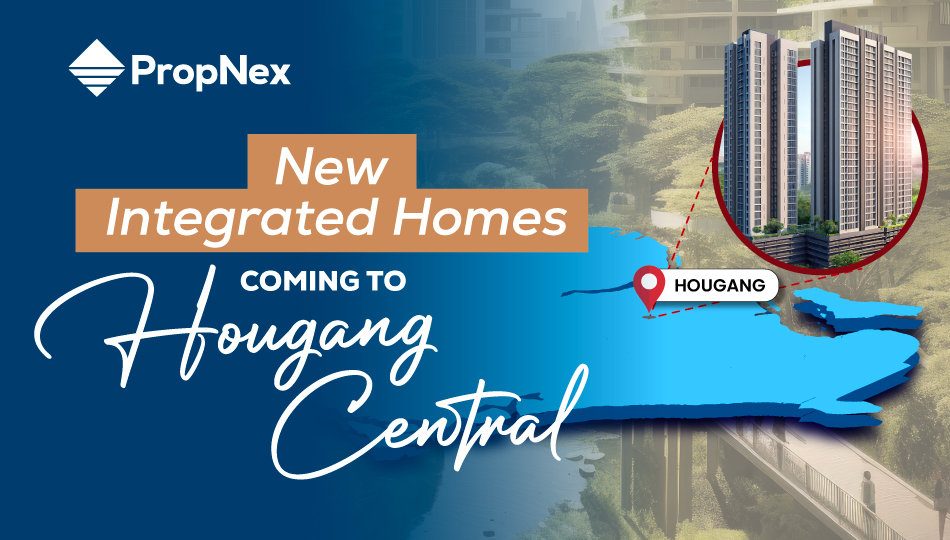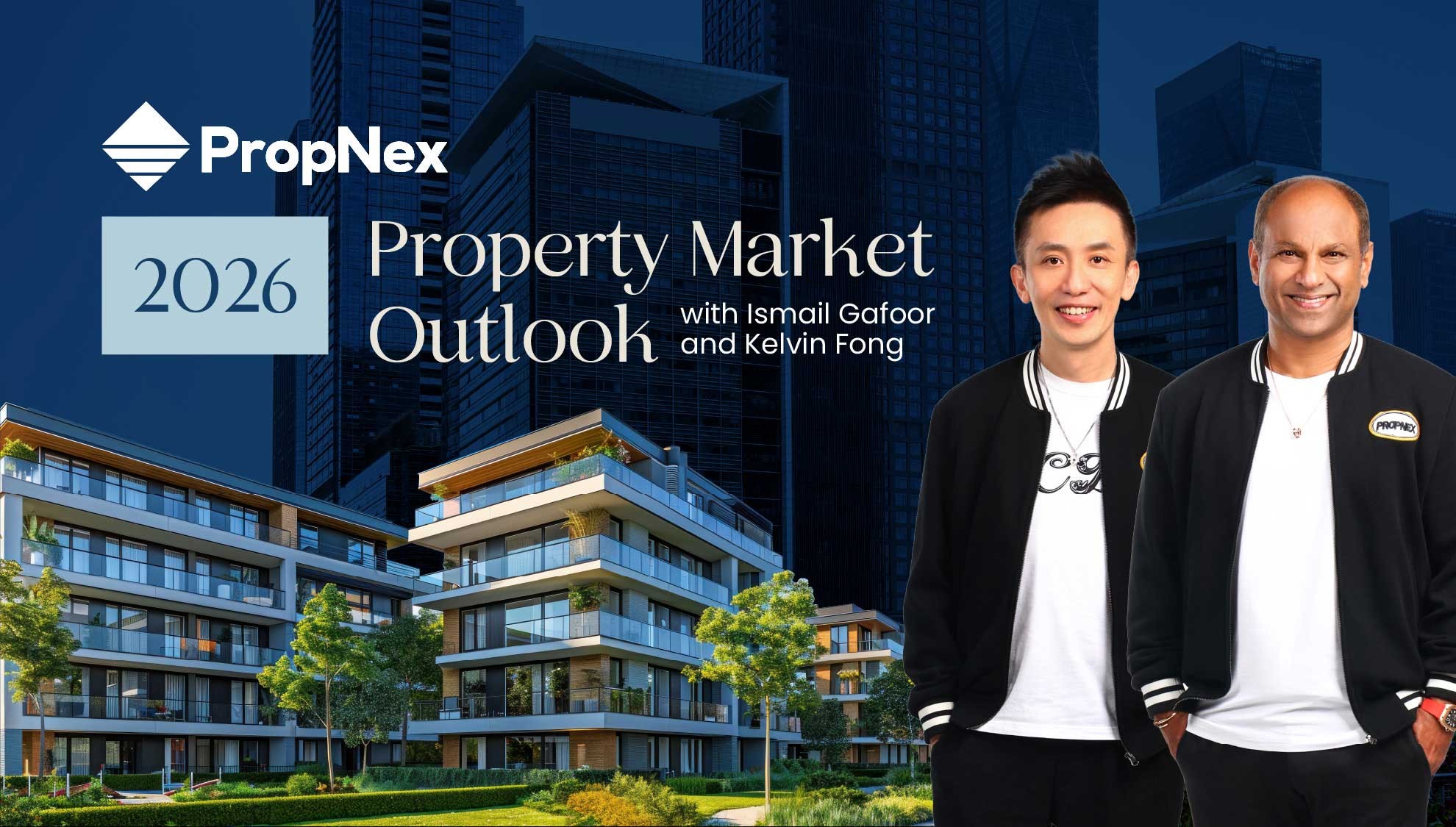4 Things You Need to Know About Property Investment
When you buy a residential property, you are not just buying into the unit or the residential development itself, you are also buying into the property’s immediate surroundings and the neighbourhood – not just in the here and now, but also in the area’s future. Simply put, a gorgeous apartment in an unsafe neighbourhood or highly inconvenient location may not be a sound investment bet.
The prospects of a physical property are inevitably tied to its location and that is why property values could rise when a new MRT station pops up nearby, or when new amenities are built. Conversely, home values may stagnant or even fall if the neighbourhood falls into disrepair over time with no estate renewal.
Apart from location analysis, would-be investors will want to review the capital growth and rental potential of the residential development, as well as think about the profile of your target tenants when you lease out the unit for rental income.
It is commonly said that property investors ought to do their homework before jumping into a purchase. Here are four important considerations that investors should mull over – preferably with the help of a reliable real estate agent – in assessing potential buying opportunities.
1. Analyse the blueprint that charts urban transformation
To better understand how a locale could shape up, it is always good to have a blueprint. That’s where the Urban Redevelopment Authority’s Master Plan – reviewed every five years - comes in handy. The latest iteration, the Master Plan 2019 aims to create sustainable green spaces and amenities for all to live, work and play in that can support our future needs, while revitalising some of our familiar places for a more optimised land use. Some notable examples of the ongoing urban transformations include Jurong Lake District, Greater Southern Waterfront, Punggol Digital District, and the Woodlands Regional Centre.
Image 1: Bishan Master Plan 2019
Source: URA
For example, looking at the Master Plan 2019 for the area around the Bishan MRT station (see Image 1), there is a site that is zoned commercial (in blue) and marked as “subject to detailed planning”. This means that a new commercial development such as offices or mixed-use project (office/retail/hotel) could potentially be built on the site in the future – to be integrated with the existing offerings in the area. If a buyer is looking to buy a home in that immediate vicinity, this detail in the Master Plan 2019 could be useful in assessing the growth potential.
For instance, having more commercial offerings nearby could bring greater convenience to residents while having more companies set up in the new offices may boost rental appeal of homes there.
2. Capital appreciation and rental prospects
In general, the transformation of urban spaces would usually result in improved accessibility and connectivity to amenities and infrastructure both old and new - enhancing residents’ lives. While there are often many factors influencing price trends (such as demand and supply dynamics and the health of the economy), the introduction of new amenities into the area tend to make the place more desirable and help to support prices and rental values.
Take Jurong East, for instance, the precinct has undergone a major makeover over the years, with the development of several commercial properties and new homes bringing a new lease of life to the neighbourhood. Based on URA Realis caveat data, it is noted that the average transacted price of non-landed resale private homes in Jurong East has risen steadily after the completion of JCube, JEM and Westgate over the 2012 to 2013 period, followed by the opening of the Ng Teng Fong General Hospital in 2015 – the average price went up from $839 psf in 2015 to $1,219 psf in 2022 (see Chart 1).
Chart 1: Average Price of Non-Landed Resale Residential Properties in Jurong East
Source: PropNex Research, URA Realis (Data as at 23 May 2022)
As the transformation of Jurong East took form, the home leasing market also appeared to improve. In terms of the rental volume, Jurong East saw a spike in Q2 2017 (see Chart 2) where the number of rental contracts rose by about 64% QOQ to 355 from 217 in the previous quarter. The leasing volume continued to hover at around the 200 to 300 range ever since, higher than the 100 to 150 rental contracts prior to 2016. Meanwhile, although quarterly median rental rate ($psf per month) showed some fluctuations, it was still generally trending upwards.
With the upcoming Jurong Lake District - dubbed as Singapore’s biggest business district outside the Central Region - set to become an exciting lifestyle, business and tourism hub, investors and future residents could potentially see some capital appreciation over the mid- to long-term.
Chart 2: Rental Volume and Median Rental for Non-Landed Homes in Jurong East
%20Chart%202.jpg)
Source: PropNex Research, URA Realis (Data as at 23 May 2022)
3. Potential future tenants and/or resale buyers
Knowing the target audience matters. Investors will need to envision who are the potential tenants of the unit – are they going to be an expatriate family with school-going children, a young couple without any kids, or busy professionals who are single? This visualisation exercise is useful in that it helps to narrow down the locations and facilitate in drawing up a shortlist of suitable properties.
For instance, having schools within a 1- to 2-km radius attracts families with kids and young couples who are looking to start a family. In particular, expats may look for a property near international schools that their children could attend. Meanwhile, close proximity to key employment nodes or industry clusters would likely appeal to working professionals, who may appreciate the convenience of living and working in the same area. In addition, being near to an MRT station is an added advantage, and units that are close to MRT stations also tend to enjoy a higher rental yield.
Selecting a home with attributes that appeal to the wider masses is equally important. Based on the Property Ownership Aspiration Survey 2022 by the NUS Institute of Real Estate and Urban Studies (IREUS), the key attributes which residents of non-landed private homes look for are: a spacious and functional layout, close proximity to a current/future MRT station and/or shopping centres, a master bedroom of a good size, and the reputation of the developers.
4. Holding power/period
The process of urban renewal and transformation could take years, even decades. Hence, buying into an area with ongoing or planned rejuvenation efforts may not translates to immediate gains. Investors need to ensure that they have adequate financial holding power to weather any market volatility for at least 3 to 5 years. As real estate is a long-term investment play, it is more likely that investors could stand to enjoy better capital appreciation by holding the property over an extended period.
Here, it is also useful to consider the leasehold tenure of the property. Investors who are looking to hand the property to their children may be more interested in freehold homes, which tend to preserve their values and will not be affected by the issue of lease decay facing leasehold properties.
As with all forms of investments, buying a property involves risks. However, proper and thorough planning can help to mitigate those risks and hopefully offer a greater peace of mind as you embark on your real estate investment journey.
Sign up to be a part of PropNex Friends where you can get timely information on real estate trends, research reports and enjoy exclusive deals.
%20Image%201.jpg)
%20Chart%201.jpg)
PX%20REPORT-2000x450px.jpg)












